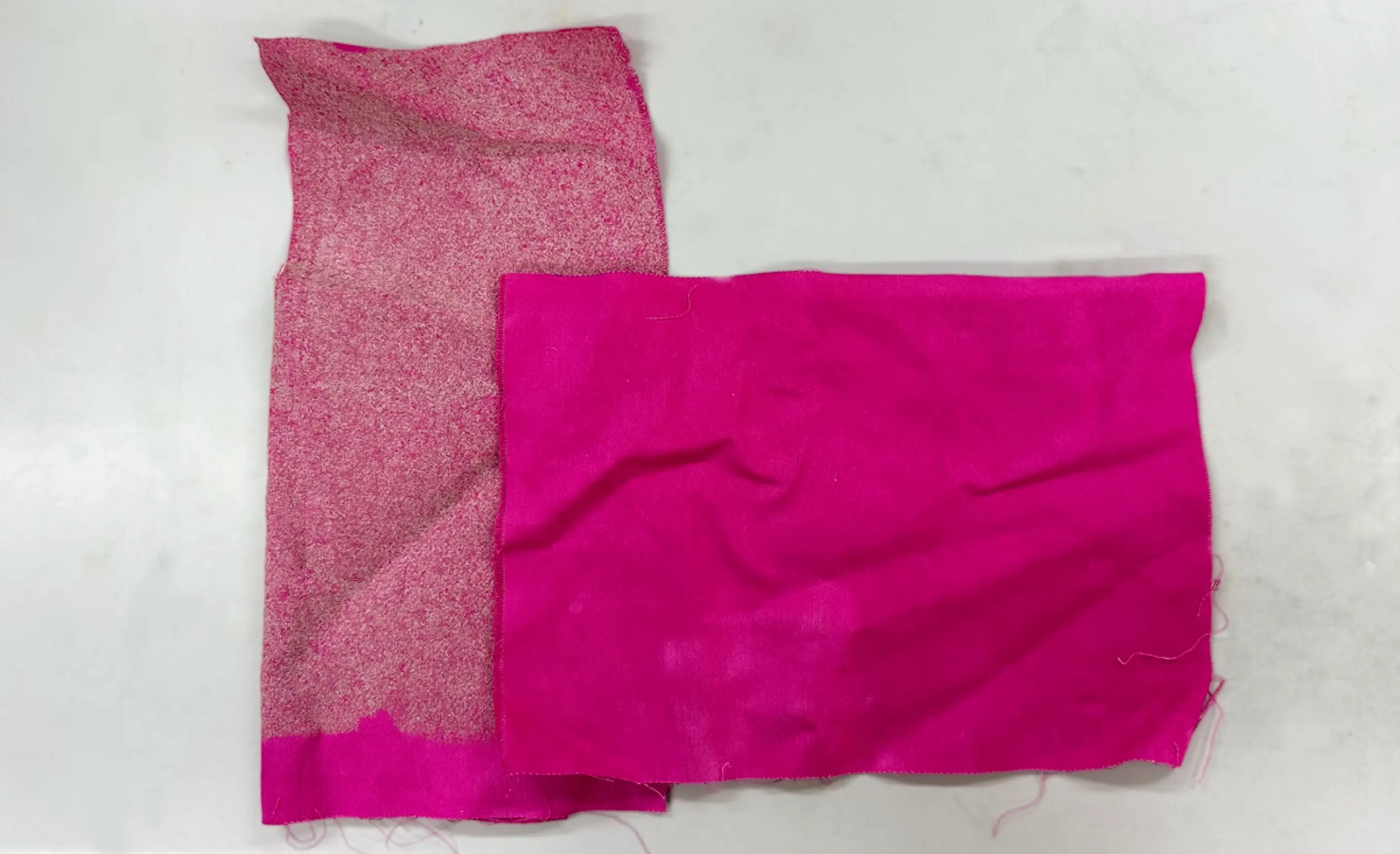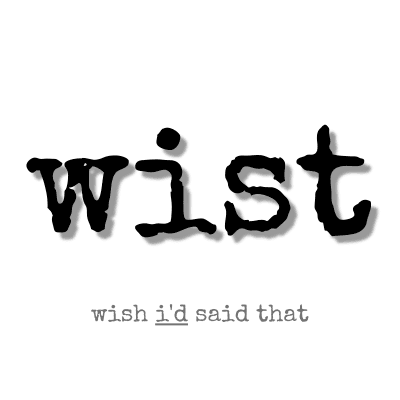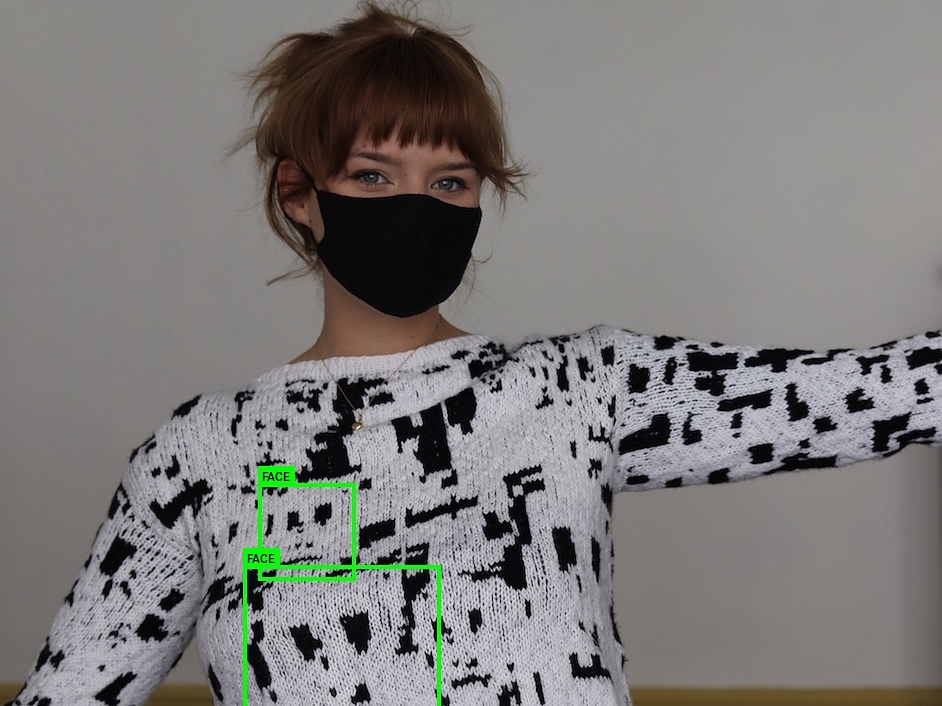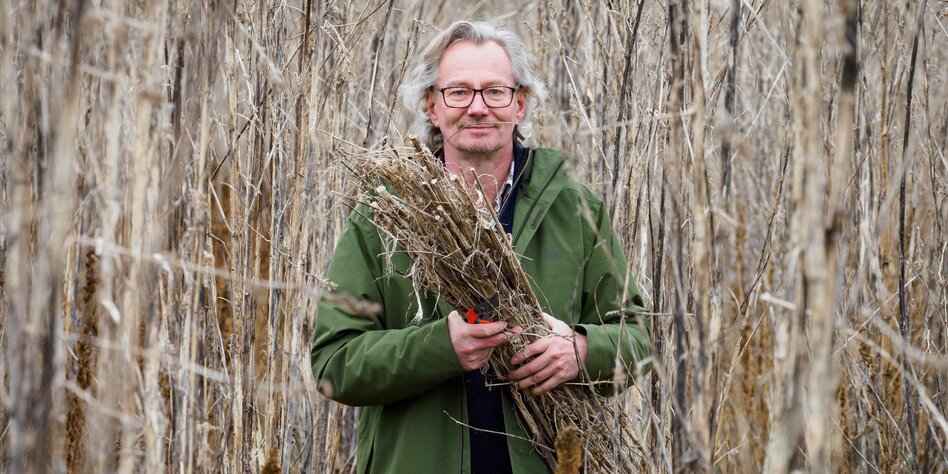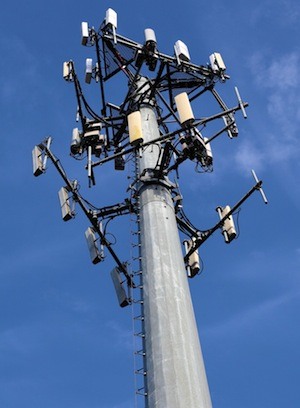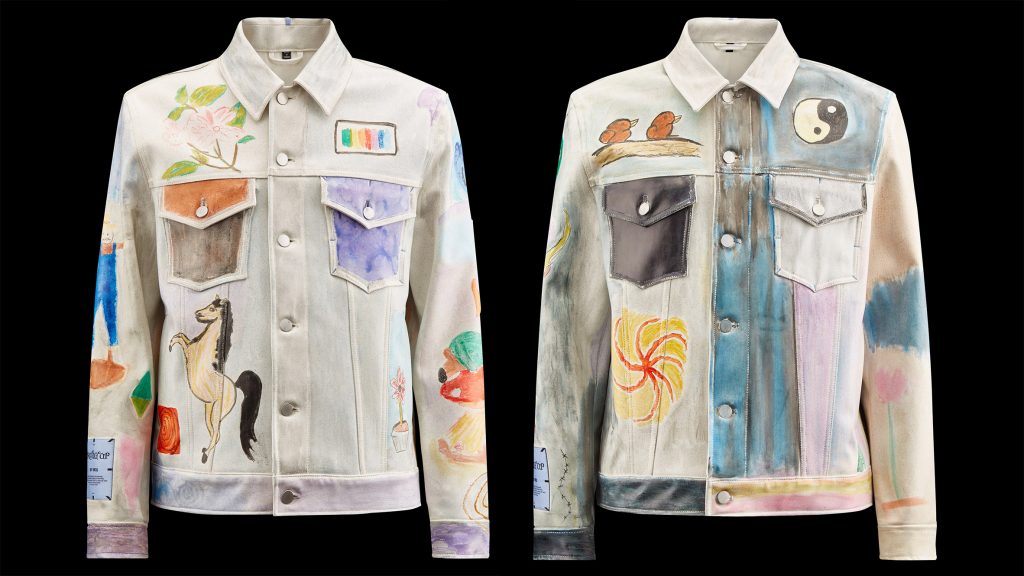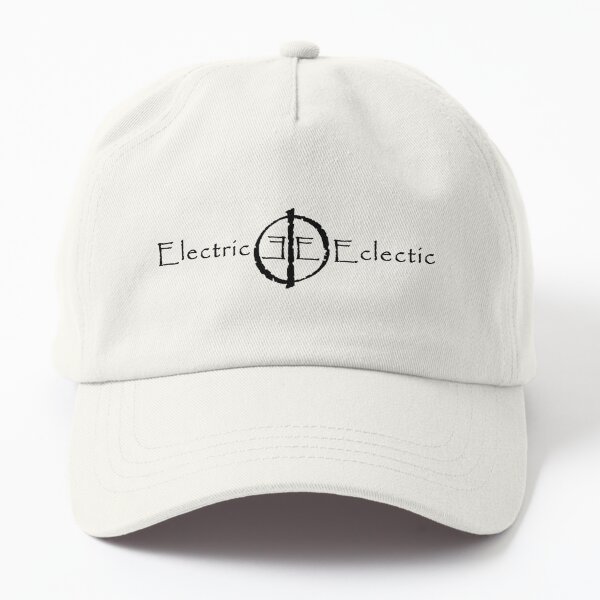#clothing
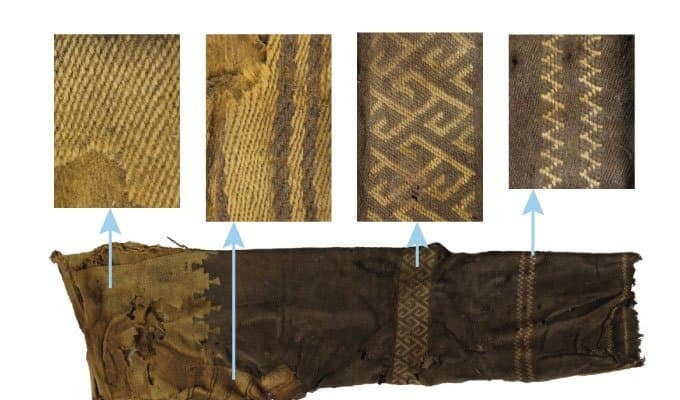
#weaving #archeology #clothing
The World’s Oldest Pants Are a 3,000-Year-Old Engineering Marvel
- Strong in some places and flexible in others, the pants were designed for horseback riding.
https://getpocket.com/explore/item/the-world-s-oldest-pants-are-a-3-000-year-old-engineering-marvel?utm_source=pocket-newtab-en-us
When Men Had Too Many Pockets: Dangerous Victorian History
#History #VictorianEra #Clothing #MensClothing #Pockets
I have no dress except the one I wear every day. If you are going to be kind enough to give me one, please let it be practical and dark so that I can put it on afterwards to go to the laboratory.
Marie Curie (1867-1934) Polish-French physicist and chemist [b. Maria Salomea Skłodowska]
Letter to Casimir Dluski’s mother on her offer of a wedding dress (1895)
#quote #quotes #quotation #clothing #decoration #dress #practicality #style #wedding
Sourcing / notes: https://wist.info/curie-marie/64322/
#Nanotechnology Used #in Over 2,000 #Food Items Goes Unlabeled Due to Weird FDA Loophole:
Source: https://youtube.com/watch?v=wlAi3KIeTN8
Nanotechnology Used in #Covid #poison darts, 2,000 #Foods Goes #Unlabeled
Extremely small #particles of various #compounds are being used as food #additives, with unknown effects
If you’re one of those people that can often be found in the food aisles of grocery stores reading labels and looking for ingredients you can’t pronounce and don’t want to eat, you’ve most likely noticed several ingredients that, unbeknownst to you, are made using nanotechnology—a process that converts silver, copper, gold, aluminum, silicon, carbon, and metal oxides, among other metals, into atom-sized particles that are one-billionth of a meter in size.
Commonly used nano-sized ingredients include #TitaniumDioxide, which may be the most well-known additive. Others, such as #silicon oxide, calcium carbonate, iron oxides and hydroxides, calcium silicate, tricalcium phosphates, and #synthetic #silicas, are only a few of the additives that may be in your pantry right now.
A New Ingredient
Nanotechnology has become widely used in food production and manufacturing since the #1990s, and its components are unimaginably small—one-hundredth the size of a strand of human hair. They make our food more colorful, brighter, creamier, or crunchier, and they keep it fresher for longer as well.
Nano-sized additives also make some of our medicines more effective.
Nanotechnology is used in the manufacturing of #everyday #products, such as electronics, food and food #packaging, #medicine, #toys, #clothing, #sunscreens, #cosmetics, #dietary #supplements, and #much #more.
While they can provide a myriad of benefits, these increasingly popular product enhancers come at a price, according to #consumer groups and #health experts—and that price is our health.
Health Implications
Because these particles are so small, studies have shown that they can breach the #blood-brain barrier. Researchers are already exploring this quality for drugs meant to treat neurological conditions. But when it comes to food, that’s not a feature anyone is asking for. These particles are also able to circulate throughout the body and get absorbed into the bloodstream and organs. They can #penetrate #cell #walls and potentially create #inflammation and #disease.
“They may pass through the #lining #of the #gut and enter the #bloodstream, which may trigger an inflammatory or immune response,” Harvard School of Public Health’s Georgios Pyrgiotakis told WebMD. “They may also build up in various parts of the body, including the #lungs, the #heart, and reproductive organs.”
In a July 2020 study, a group of researchers at the University of Massachusetts Amherst found that titanium dioxide, which is commonly added to #gum, #candy, #drinks, and #desserts, caused changes in the gut #microorganisms of two groups of mice.
Both were given doses of titanium oxide. One group was fed a low-fat diet and the other a high-fat diet. After further testing to isolate the titanium dioxide effect, both groups had inflamed colons, which can lead to abdominal pain and diarrhea. The obese mice had more pronounced symptoms.
Vaccine Technology
Nanotechnology is currently being used in two of the three #mRNA #COVID-19 vaccines being given in the United States today.
There’s a #ipid #nanoparticle coating surrounding the mRNA in the vaccines, which allows them to penetrate the cell’s wall.
“Lipid #nanoparticles are a vital component of the Pfizer/BioNTech and Moderna mRNA COVID-19 vaccines, playing a key role in protecting and transporting the mRNA effectively to the right place in cells,” stated the Chemical Abstracts Service, a division of the American Chemical Society.
“Of the many COVID-19 vaccines under development, the two vaccines that have shown the most promising results in preventing COVID-19 infection represent a new class of vaccine products: They are composed of messenger ribonucleic acid (mRNA) strands encapsulated in lipid nanoparticles (LNP).”
But scientists have continued to call for greater oversight of these substances by the Food and Drug Administration (FDA) because of their size. Because they easily cross the blood-brain barrier, they may damage it by altering the layer of cells that line the inner wall of blood vessels.
FDA Looks Closer
The FDA, the agency charged with overseeing these additives, has begun to weigh the health risks from nano-sized additives.
The agency currently classifies nanoparticles in food with the designation Generally Recognized as Safe (GRAS) if the manufacturer is already using the same ingredient in its larger, conventional form.
“The particle size distribution of a food substance may affect its ability to be absorbed by the body or to migrate from food packaging into food,” the FDA stated in a 2007 guidance document on nanotechnology in food.
“The FDA does not categorically judge all products nanomaterial or otherwise involving application of nanotechnology as intrinsically benign or harmful. The FDA is monitoring the evolving science and has a robust research agenda to help assess the safety and effectiveness of products using nanotechnology.”
In 2011, the FDA Nanotechnology Task Force was created to coordinate its efforts with research scientists in the United States and internationally. Its goals are to train staff in the latest science at state-of-the-art facilities and to encourage collaborative research projects.
“Production and application of nanoparticles in consumer products is at an all-time high due to the emerging field of nanotechnology,” the FDA stated in a 2017 Grand Rounds webcast. “Direct detection and quantification of trace levels of nanoparticles within consumer products is very challenging and problematic.”
Tiny Particles, Growing Problem
By 2020, the FDA reported that applications for the approval of products containing nanotechnology had skyrocketed in the previous 10 years. According to many experts in the United States, there are 1,900 to 2,500 food products that use nanotechnology.
In response to health concerns about these products, countries around the #world have taken steps to limit or #ban some or all nanotechnology in their food.
In 2010, #Canada #banned nanotechnology in #organic food production. Since 2011, the #EuropeanUnion has required all food to be #labeled if it contains #engineered #nanomaterials. In 2015, the bloc required additional testing to ensure health safety.
In 2018, the European Food Safety Commission was petitioned by a group of scientists within the agency to reject the food additive silicon dioxide as safe for consumption because of nanoparticles in it, until a particle size distribution could be confirmed.
Beginning Jan. 1, 2020, #France banned any foods containing #titanium #dioxide from entering the country.
In the United States, the FDA doesn’t require any products produced with nanoparticles to be labeled or banned, and its guidelines recommend oversight on a case-by-case basis. Research on the long-term effects of ingesting nanoparticles remains scant.
Walmart now lets you virtually model over 270,000 items of apparel clothing on your own body

The new Be Your Own Model experience requires customers to upload a full-body photo of themselves to create a realistic simulation of what an item of clothing would look like on their own bodies. The feature is capable of recognizing where the fabric should drape and shadows should fall, made possible by the company’s acquisition of the Zeekit virtual try-on platform last year.
“A single shirt can come in six different colors, seven different sizes and two sleeve lengths. Our technology captures all the variations and shows how they look uniquely on each individual,” says Walmart in a press release announcing the new feature.
See https://www.theverge.com/2022/9/15/23354447/walmart-app-ar-vr-virtual-model-clothing-own-body
#technology #AI #Walmart #clothing #virtualclothing
#Blog, ##ai, ##clothing, ##technology, ##virtualclothing, ##walmart
Die Rückkehr des Hanfanbaus nach Deutschland. (taz)
#taz, #Landwirtschaft, #Hanf, #Hanffasern, #Kleidung, #Textilien, #Textilfaser, #Nahrung, #Lebensmittel, #Heilmittel, #Medizin, #Öle, #Papier, #Baustoffe, #Energie, #THC, #Cannabis, #Baumwolle, #Leinen, #Agriculture, #Hemp, #HempFibers, #Clothing, #Textiles, #Food, #Remedies, #Medicine, #Oils, #Paper, #BuildingMaterials, #Energy, #THC, #Cannabis, #Cotton, #Linen
Ersatz für Baumwolle und Kunstfaser: Die Rückkehr des Hanfs #taz
The long-term effects of EMF and RF radiation on human health are currently unknown. For sensitive individuals, protective clothing may be a great option to reduce daily exposure. I'm not affiliate with any of the previously mentioned companies but I do recommend protecting against the unknown effects of EMF/RF radiation, especially for those who are sensitive to these invasive frequencies.
https://explore.globalhealing.com/emf-radiation-clothing-protection/
The Best Clothing to Protect Against EMF/RF Radiation
2 May 2014 ... Reducing exposure to EMF/RF radiation in your home is much easier than the outside environment. But, here is clothing you can wear for
The Best #Clothing to #Protect Against #EMF / #RF #Radiation
MCQ infuses rice-leather jacket with custom fragrance
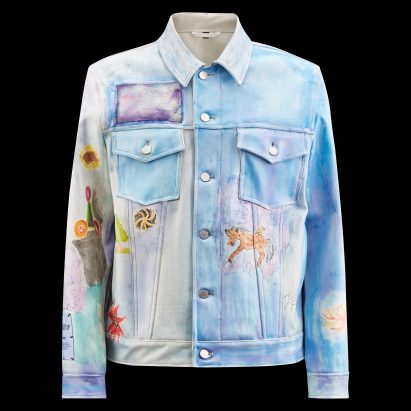
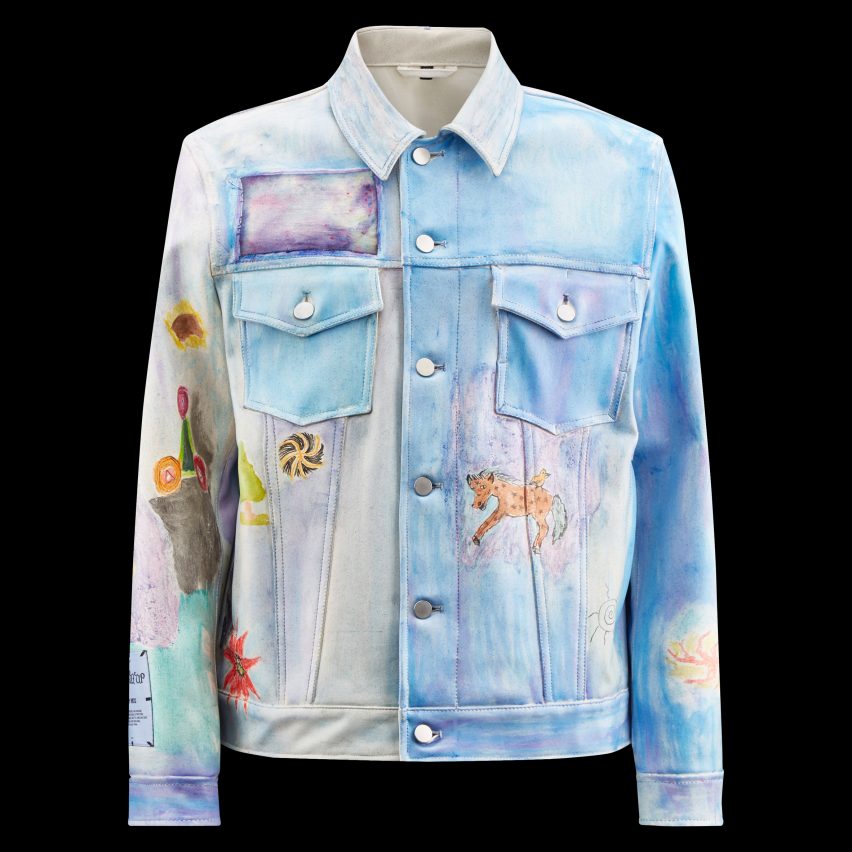
Natural latex is combined with rice hulls and a woodsy blend of essential oils to form this scented jacket, created by Alexander McQueen sub-brand MCQ to showcase the unique characteristics of plant-based leather alternatives.
Produced in a limited edition of ten as part of the label's Grow Up collection, the outerwear piece takes the form of a traditional biker jacket but is made from a vegan animal-hide substitute called Mirum.
The material was developed by American start-up Natural Fiber Welding (NFW) and customised for MCQ with an off-white base colour that was created using mineral clay and allows the rice-husk speckles in the plant leather to shine through.
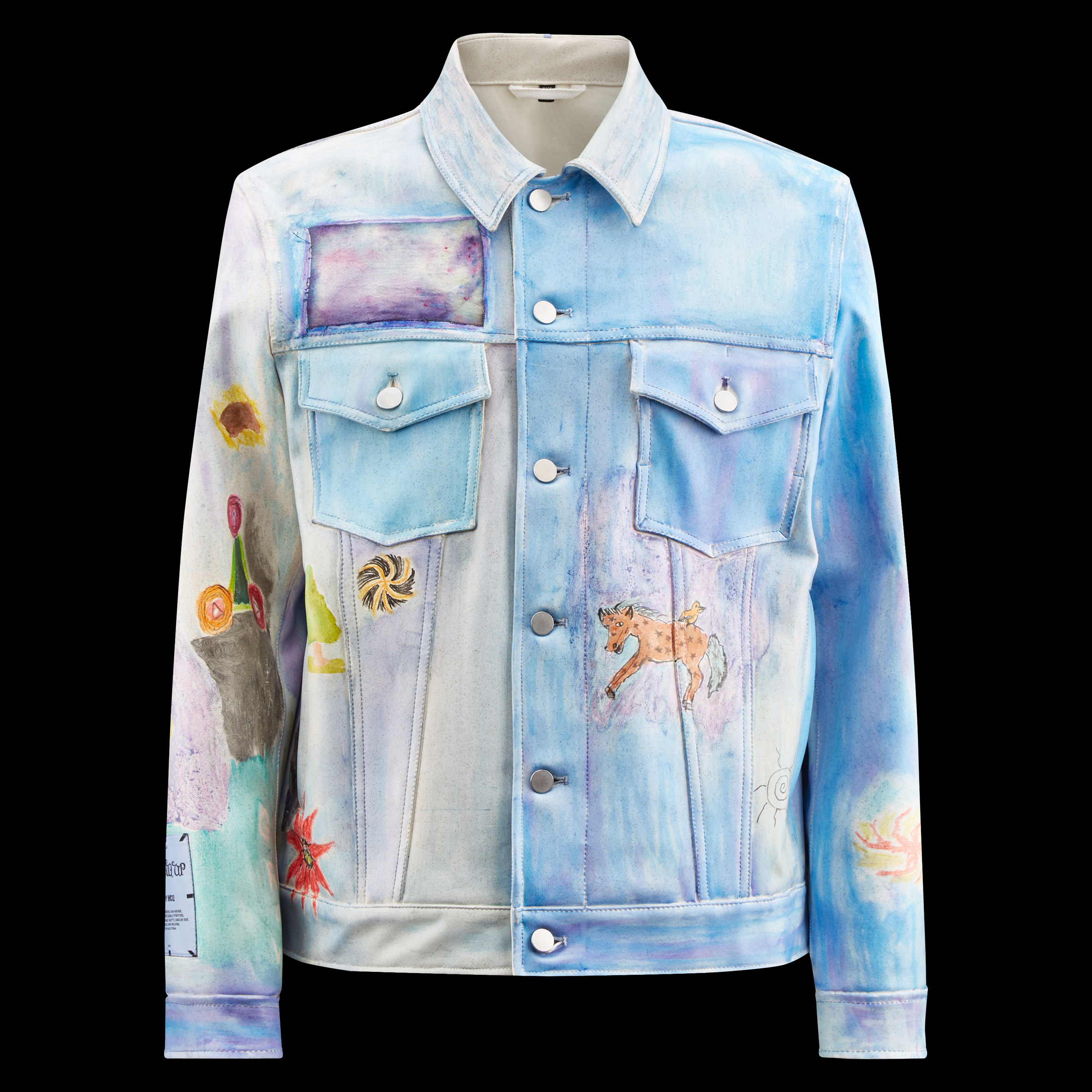 MCQ has created ten leather jackets using Mirum plant leather
MCQ has created ten leather jackets using Mirum plant leather
The brand also added an earthy aroma using different essential oils, which will linger in the garments for around a year. Designed as a homage to gardening, each of the final jackets is hand-painted with childlike nature motifs by New York artist Kevin Emerson.
"Imagine putting this jacket on and it's not just a jacket," NFW vice president Oihana Elizalde told Dezeen. "There's this scent that adds a different dimension, which MCQ really loved."
"That's something we are starting to explore more and more, particularly in the fashion space."
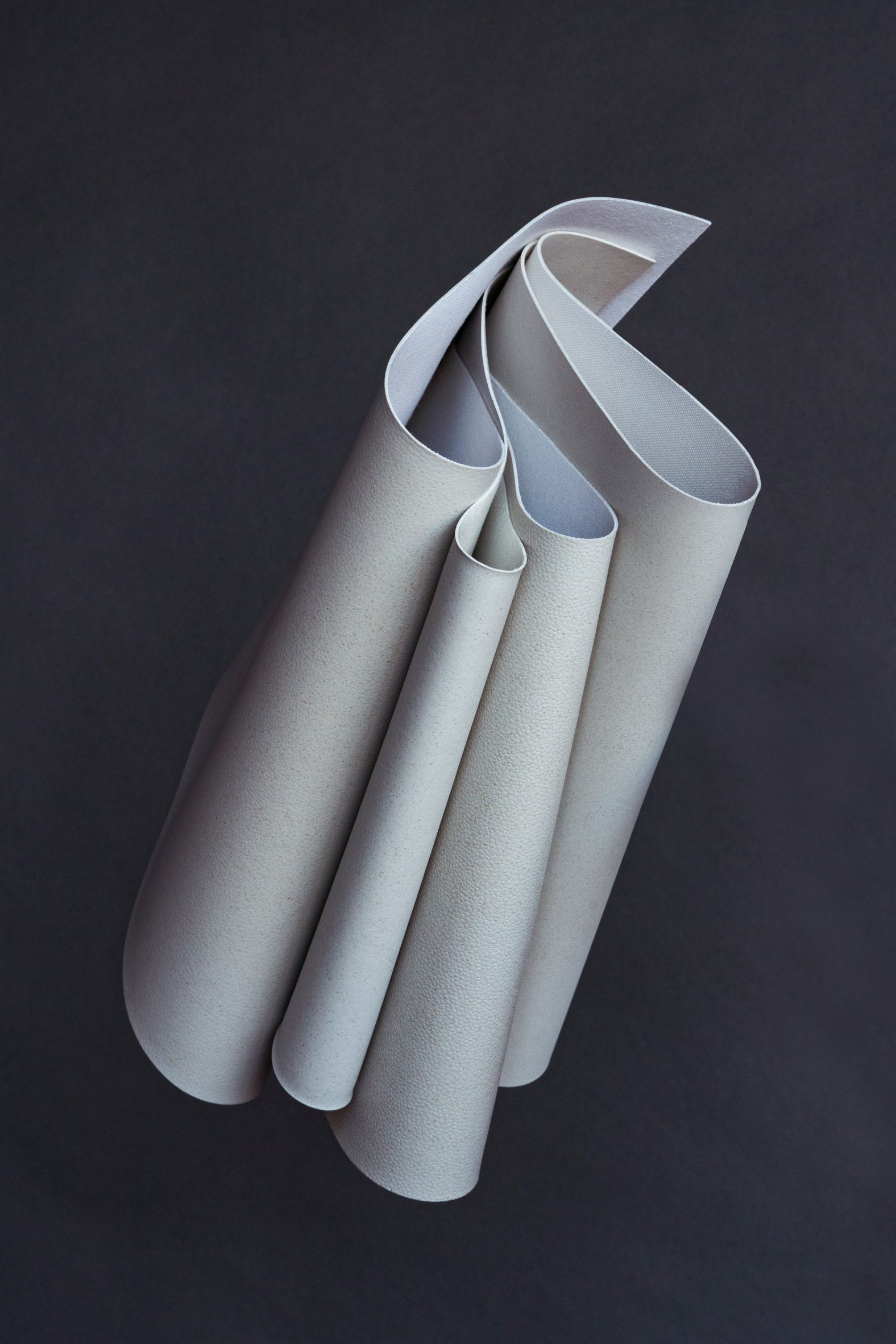 NFW customised the exact finish of the material for MCQ
NFW customised the exact finish of the material for MCQ
Unlike other plant-based leather alternatives, which often rely on a layer of plastic for their durability, Elizalde says NFW's material has been independently certified as petroleum-free and entirely biobased.
Its natural fragrance is directly mixed in with the other ingredients, namely the clay, FSC-certified latex derived from the rubber tree and a number of different vegetable oils.
This is then combined with a filler, for which NFW uses waste materials from the food industry such as coconut and corn husks or, in this case, rice hulls.
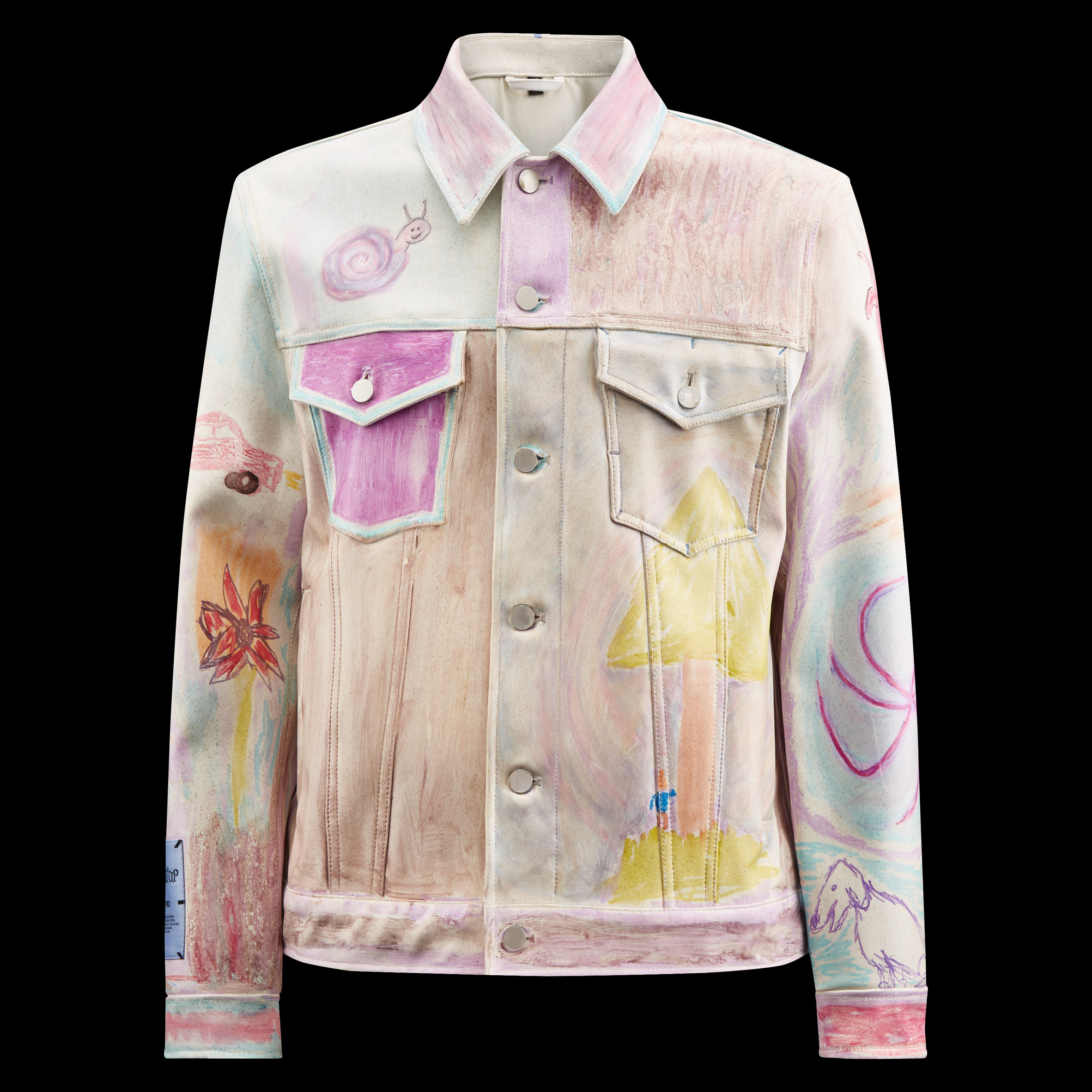 Each jacket was hand-painted by Kevin Emerson
Each jacket was hand-painted by Kevin Emerson
After being applied to a backing textile made from organic cotton, the finished material would normally be embossed with a leather-like texture.
But MCQ opted to leave its version completely smooth and supple to keep the focus on the rice-husk speckles.
"They didn't want something that looked like leather," Elizalde said. "It didn't need to have the typical animal grain. They loved this idea of showing off natural materials and this additional granularity that you get by seeing the rice hulls."
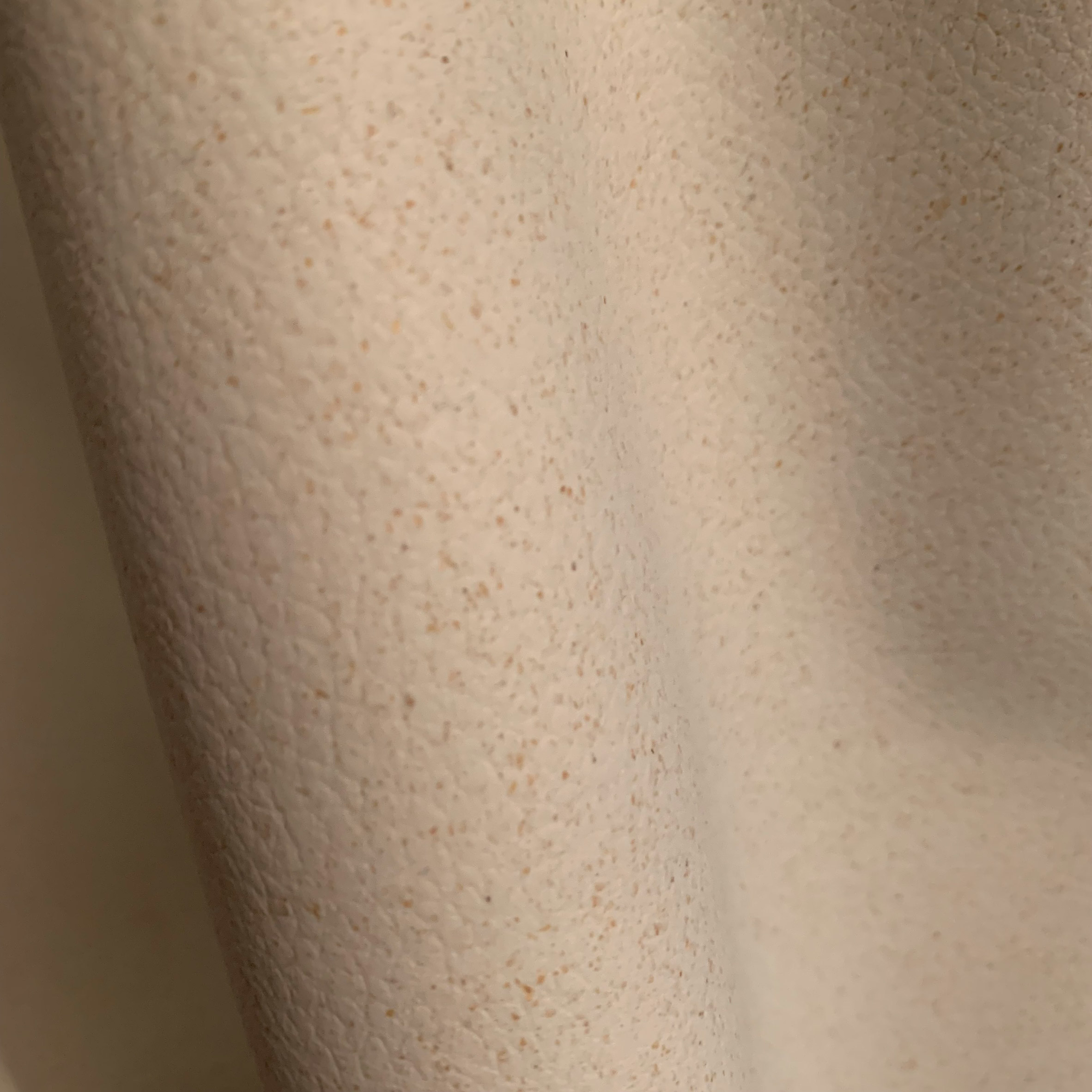 The rice hulls create a speckled effect in the final material
The rice hulls create a speckled effect in the final material
The resulting plant leather has a carbon footprint of around two kilograms of CO2 per kilogram of material, Elizalde estimates, based on a preliminary lifecycle analysis.
"It depends on the backer you use and if the backer is dyed," she said. "But the material emits up to 40 times less carbon than leather and up to 17 times less than synthetics."
As a collaborative brand under the English fashion house Alexander McQueen, MCQ brings together a different team of creatives for each of its collections.
In this case, the material is supplied by NFW before being fashioned into leather jackets courtesy of the MCQ team and further personalised by Emerson with a mixture of different paints and markers.
[ 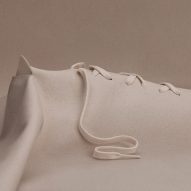
Read:
Allbirds to make shoes using plant-based leather to help "eradicate petroleum from the fashion industry"
](https://www.dezeen.com/2021/03/03/plant-leather-allbirds-natural-fiber-welding/)
When it has outlived its usefulness, the plant leather can be ground up and recycled into new Mirum or placed in soil and left to biodegrade.
Due to the natural durability of latex, this will take more than just a couple of months. But Elizalde says the material was carefully engineered to avoid polluting the surrounding environment during its slow degradation process.
"We designed a material with zero synthetics and zero plastics so that when you put it back to earth you don't have the issue of microplastics," she said.
"We also don't use dye or chemicals to alter the material because those chemicals over time will leech out and end up in the water."
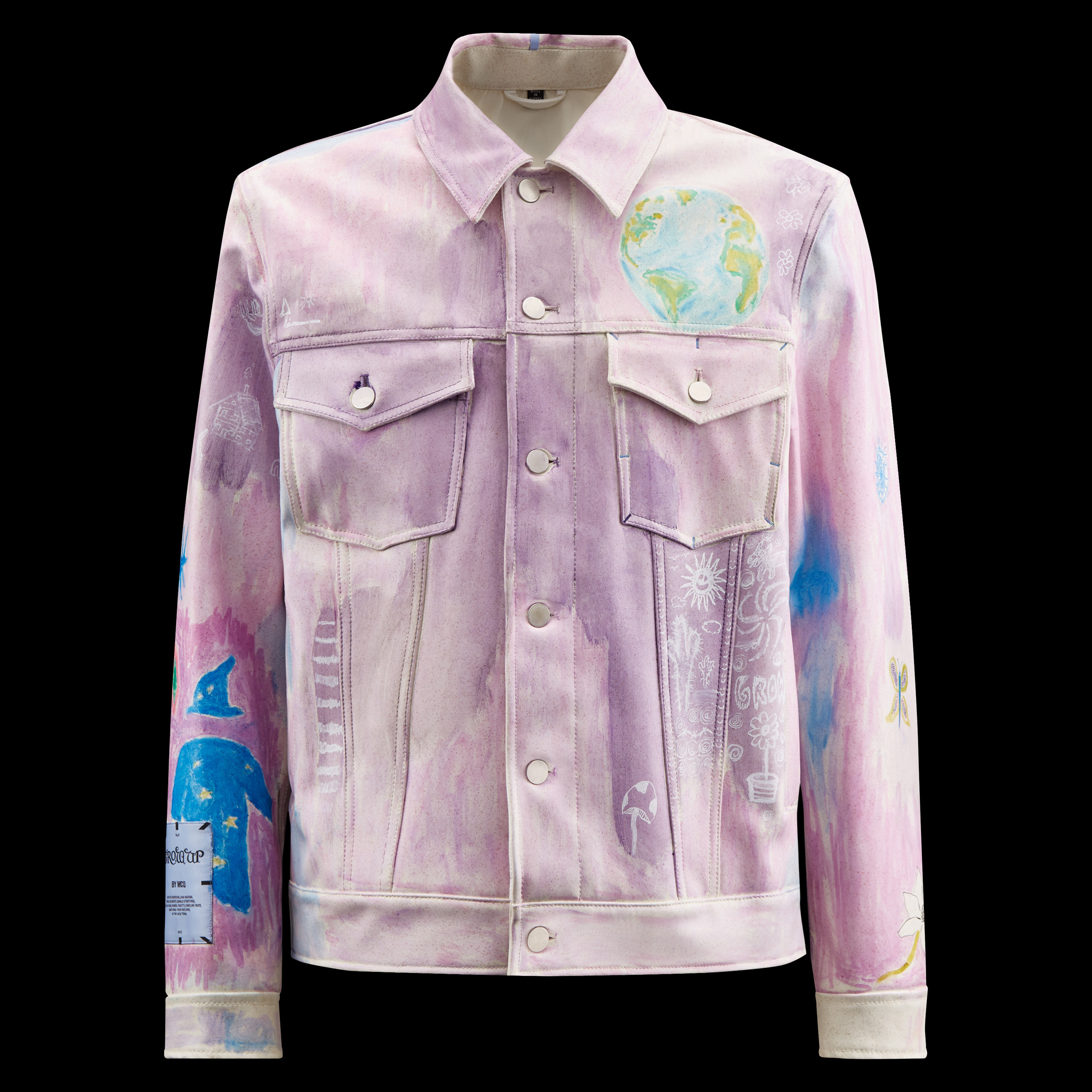 The illustrations reference nature and gardening
The illustrations reference nature and gardening
However, in the case of the jackets, these efforts are subverted by adding the different paints and marker inks, which generally contain some form of fossil-based resin or solvent.
Mirum has already been turned into a number of small accessories such as bags and wallets, while companies from Allbirds to Ralph Lauren have invested in the material in the hopes of integrating it into their products.
The MCQ collaboration marks the first time the material has been fashioned into garments, which will be gifted to "big name VIPs and friends of the brand".
 The material has an off-white colour created using mineral clay
The material has an off-white colour created using mineral clay
A number of major fashion labels have launched products made from plant-based leather alternatives in the last year, although, like the jackets, most have so far been relegated to limited editions and concept pieces.
Among them are various products made from mushroom mycelium, including a two-piece ensemble Stella McCartney and updated versions of the Adidas Stan Smith trainers and Hermès's Victoria shopper.
The post MCQ infuses rice-leather jacket with custom fragrance appeared first on Dezeen.
#all #design #fashion #clothing #alexandermcqueen #materials #scent #leatheralternatives

The Great Coronavirus Fraud Of 2020 ~
Who is to blame for it: #Socialist #China? Or the deeply #corrupt #pro-capitalist #political #party #hacks YOU the #citizens have #voted into office again and again?
https://iwpchi.wordpress.com/2021/08/31/great-coronavirus-fraud-of-2020-who-is-to-blame/
“WHERE ARE OUR #LEADERS?” Abolish #capitalist #exploitation; #abolish the capitalist #police-state and their “ #Deep-State”; make all #basic #human #needs: #food, #clothing, #housing, #healthcare, #jobs and #education – #inalienable #RIGHTS for #all!
#coronavirus #fraud #2020 #covid19 #capitalists #micro-minority #propaganda #working #class #revolutionary #socialists #history #humanrights #europe #usa #DumpAllProCapitalistParties #BuildWorkersParties


@Clarice Boomshakalaka Bouvier Here's the totally comfy pattern I made. It's great in the winter with a turtleneck sweater and leotards. I call it a jumper but I doubt that's what you call it down under. Isn't a jumper a sweater there. Anyway, I made the version that was long at the back but am going to cut that part off. Best thing about the pattern is very easy to fit since so voluminous!
#clothing
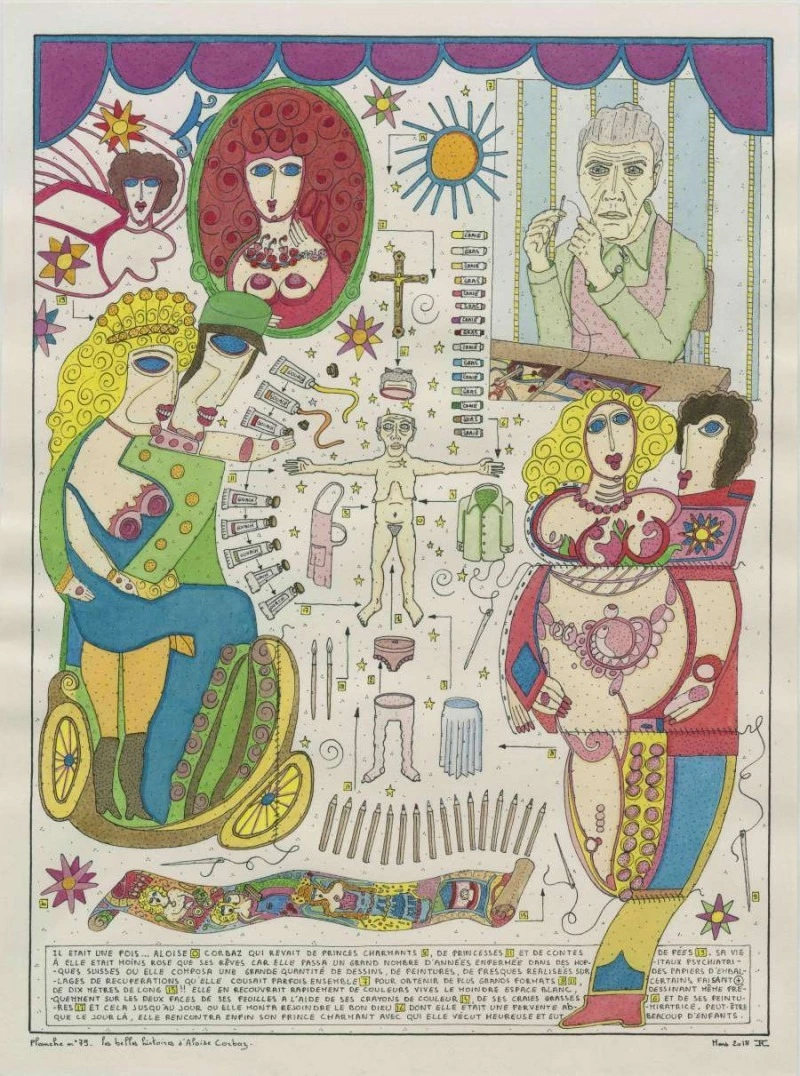
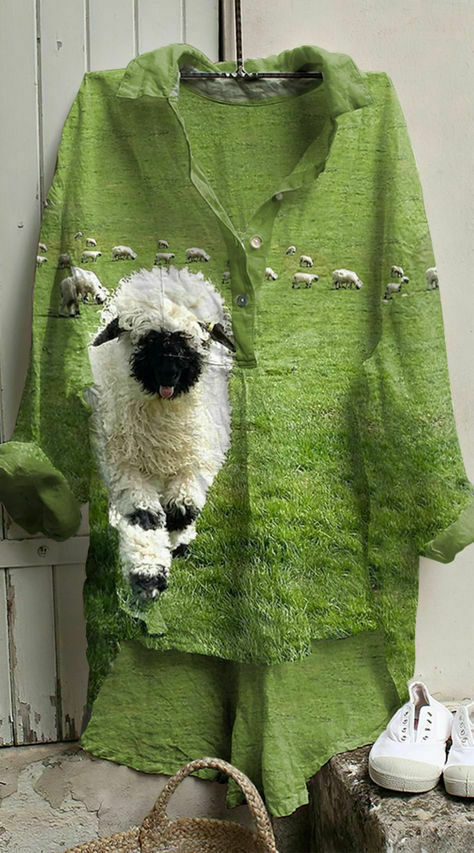
:extract_focal()/https%3A%2F%2Fcdn.arstechnica.net%2Fwp-content%2Fuploads%2F2022%2F04%2Freally-old-pants-800x450.jpg)

